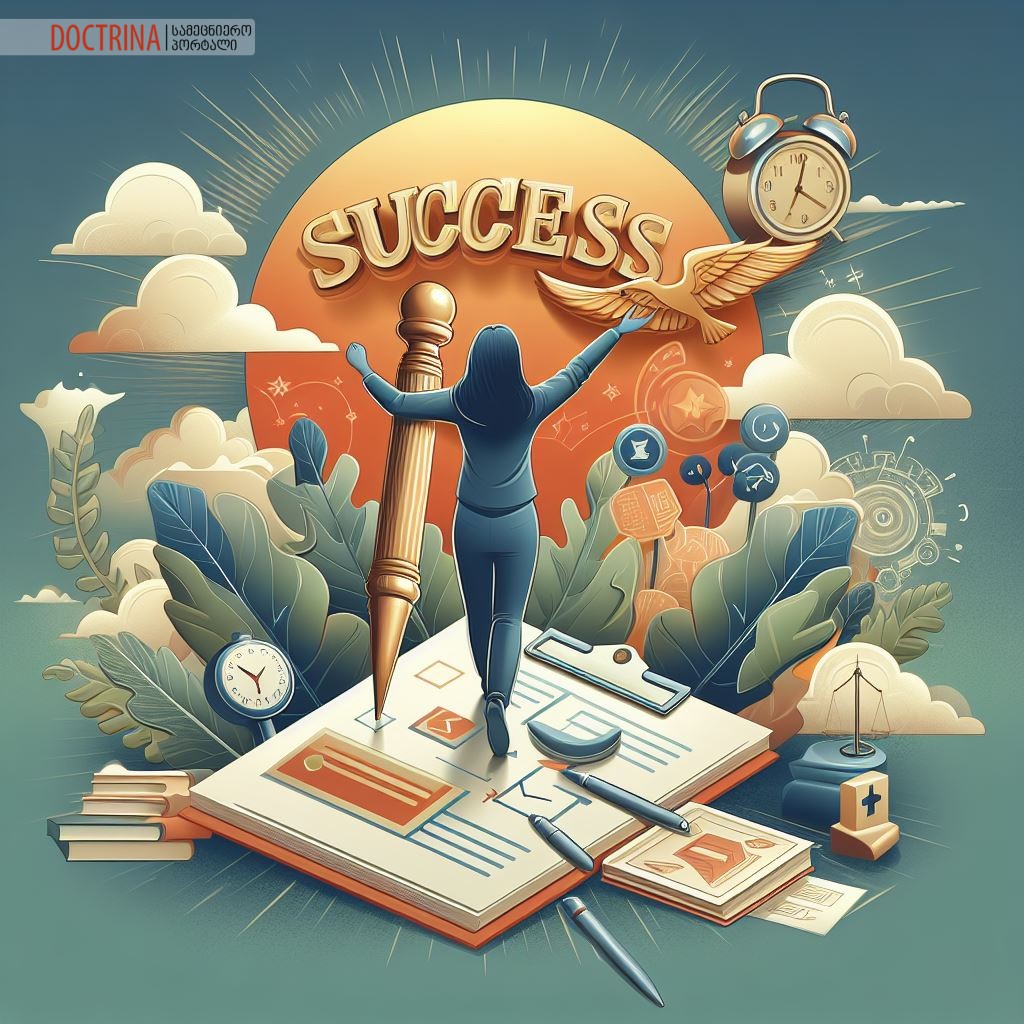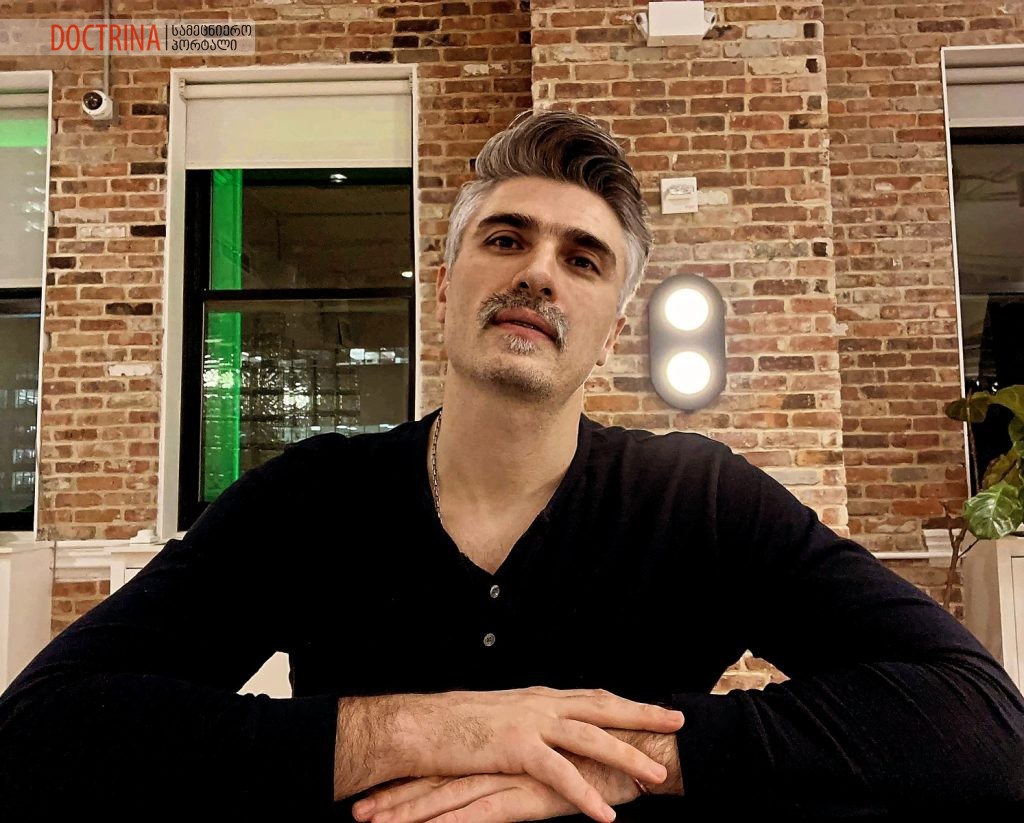To be more clear about what the popular so-called coaching means, it is necessary to talk as much as possible, organize discussions, think about these issues,and thus – get more benefits. This is especially important taking into account the potential of Artificial Intelligence (AI), which is transforming modern human life, work and business relations, as well as human daily activities.
So-called coaching is a training process that helps employees learn better regardless of their profession or jobs. Life Coaching helps people make progress in their lives and covers all aspects of our daily lives. Life Coaching can be related to different stages of our life, and decision-making process and play an important role in our success.
As it is well known to us, the coach has a meaningful role in the process of success of a specific individual or specific group. As a rule, historically, the coach is mostly associated with sports. Yes, you are right, it is the same process.
Georgia has a long tradition of a coaching culture. Historically, kings, nobles, and various rich people entrusted their children to people with relevant knowledge, experience, and skills, and it often had huge, wide-ranging positive effects on society. This approach has been moved into almost every aspect of our daily life, has become more accessible, and is becoming more and more necessary by the day. Asociety that quickly understands and effectively adapts to this direction, will prevail.
Different types of coaching have been identified. They have different focus areas, where people need assistance and support relatively more often. To be more clear, we would like to separate some of the popular elements of the coaching.
Career Coaching: Helps individuals define their career goals, develop a plan to achieve them, and overcome obstacles in the process of implementing the plan.
Relationship Coaching: Helps individuals manage their personal and professional relationships – including romantic relationships, friendships, and family relationships.
Health and Wellness Coaching: Helps individuals improve their emotional and physical health, including weight loss, stress management, disease prevention and management, and so on.
Executive Coaching (Leadership Coach): Helps leaders and executives improve their leadership skills, manage groups more effectively, and achieve their goals easily and without complications.
Financial Coaching (Financial Wellness Coach): Helps individuals improve their financial management vision, manage budgets and financial flows effectively, and achieve financial wellness goals.
Success Coaching: Helps people achieve their goals while getting an education, career, financial success, and the change process. The coach’s work may include a specific project, challenge, or change process. A success coach supports a person in gaining clarity, working on himself, and making effective decisions.
The aforementioned examples were just a few examples that will be actively related to the activities of the future and using of artificial intelligence in our daily lives. As you know, the rise of artificial intelligence is directly associated with the fourth industrial revolution. This, in turn, means the replacement of human physical labor by modern technologies and robots in the industry and service sectors. Taking this into consideration, people should be able to adapt effectively to society. In this large-scale and very fast process, an effective coach can play a crucial role in supporting people to accept innovations, adapt to challenges, and be theircompanion.
Why coaching is becoming more and more essential in our daily lives?
Practice has shown that only professional skills and sectorial education are not enough for people’s success and adaptation, no matter whether it is sports, art, science, general business, state services, or anything else. Modern, educated society easily understands that high emotional intelligence has become necessary so that people can adapt to the environment, work on themselves, and reveal and realize their potential with high qualifications. Certain categories of people copewell with the challenges in today’s rapidly changing world. However, historically many talents and potentials, unfortunately, could not be realized and a particular society or humanity lost the chance to get more benefits. Being in coordination with a coach is the best, most guaranteed way and in some cases expensive pleasure to achieve the goal quickly and easily with less risk. Therefore, coaching is called the job of the 21st century and is becoming increasingly popular and accessible.
Psychologist or Life Coach?
As you know, psychology is the scientific study of behavior and mental processes. A psychologist is someone who has received a proper education and is well-versed in people, their characters, and feelings. As for the coach, a good coach can and should understand the aspects of human psychology, but this does not mean that he is a psychologist and is ready to provide psychological services. On the other hand, a good psychologist can be a good coachand there is more chance of being so. That is why people find it easier to be coaches and call themselves coaches without proper education and qualifications and are engaged in this activity. In a specific situation, friends, family members, clergies, information received through TV, radio, social media, a video, or a message may perform the role of coaches and become your source of inspiration. However, when you hire a personal coach, you are less dependent on probabilities, and there are people, who think and work to improve your daily well-being and quality of life. As a rule, the principle of marketing is in the highlight: the client decides whose coaching produces more results and makes a choice accordingly. If you are dealing with psychological challenges, you should consult a psychologist. In the case of success aspects, a good coach will become your best friend and life companion.
How to get the maximum benefit?
In parallel with the popularity, the coaching is less regulated, is not licensable, and does not require permits. Therefore, it is important to be careful in finding the right coach and entrusting your future success. On the one hand, some professionals find it difficult to communicate with people and share their knowledge and success with others, and on the other hand, some people do not have knowledge and experience, but they lead people to success with different methods and approaches. Therefore, marketing becomes the main factor behind originality, PR tricks and manipulations – what do I feel, how am I and do I have the desired result?!
For additional questions and information about services, you can visit the website mikanadze.com.
Good luck!
Giorgi Mikanadze,
Associate Professor of the Georgian-American University
Business Performance and Success Coach
The Hall of Scientists & Analysts – “Doctrina”
























